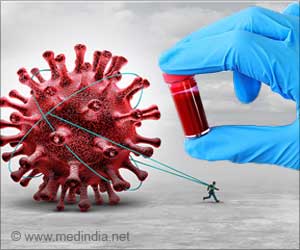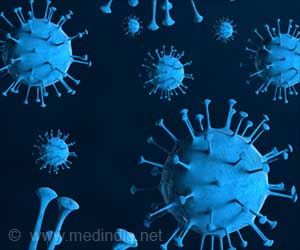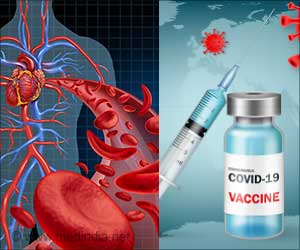Nasal vaccine strategy helps improve protection in the respiratory tract against SARS-CoV-2 and other respiratory viruses.

Neutralizing Antibodies and T-cell Responses
Made up of the SARS-CoV-2 spike protein and an adjuvant called Pam2Cys (a molecule that helps stimulate a stronger immune response in the body), that was developed by Professor Richard Payne, NHMRC Investigator in the University of Sydney’s Faculty of Science, the new vaccine was delivered via simply breathing in through the nose. It prompted substantial levels of neutralizing antibodies and increased T-cell responses in the lungs and airways of the mice that were tested.Lead author of the study, Dr. Anneliese Ashhurst, research fellow in the University of Sydney’s Faculty of Medicine and Health and the Centenary Institute said that while current COVID-19 vaccines are critical, there were some limitations, including the waning of immunity post-vaccination and infection, combined with the impact of new viral variants evolving.
Injectable Vaccines vs Nasal Vaccines
“Current vaccines against SARS-CoV-2 substantially reduce mortality and severe disease, but protection against infection is less effective. Vaccinated individuals are still catching COVID-19 and can spread the infection, so breakthrough infections are still occurring,” said Dr. Ashhurst.‘Nasal vaccine induces high levels of neutralizing antibodies and promotes mucosal immunoglobulin A and T-cell responses.’
Read More..




“To stop viral spread and to prevent this virus from mutating we need a new vaccine approach that blocks COVID-19 transmission,” she said.Read More..
In the mice study, the new vaccine was delivered nasally, making its way through the respiratory tract, adhering to the tissues of the nasal cavity, airways, and lungs. Testing showed the generation of high levels of protective antibodies in the airways and increased T-cell responses in the lungs (T-cells help destroy SARS-CoV-2 infected cells). Significantly, none of the vaccinated mice became infected with COVID-19.
“Our vaccine differs from most current COVID-19 vaccines in that it enables generation of an immune response directly in those areas of the body that are likely to be the first point of contact for the virus – the nose, airways, and lungs. This may help explain the vaccine’s effectiveness,” said Dr. Ashhurst.
Senior study author, Professor Emeritus Warwick Britton, AO, Head of the Centenary Institute’s Tuberculosis Research Program, said that the new vaccine strategy could play a key role in the fight against many diseases.
Advertisement
He added that adapted versions of the new nasal vaccine could also be potentially applied to other viral or bacterial respiratory diseases such as influenza, avian flu, SARS and MERS.
Advertisement
Source-Eurekalert














